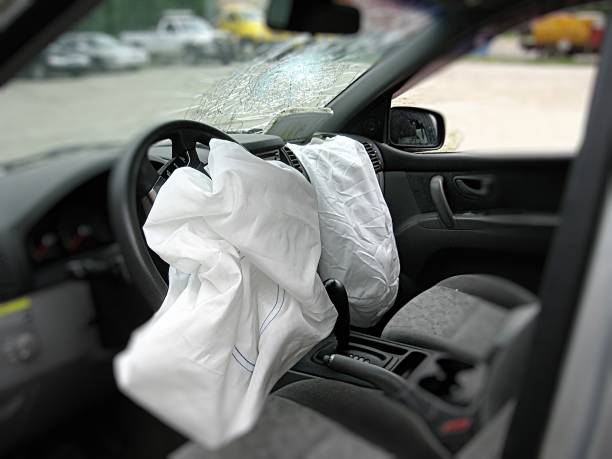February 27, 2024
How often do airbags fail?
Airbags are designed to deploy reliably in the event of a crash to help protect vehicle occupants. However, like any mechanical or electronic component, there can be instances of failure. The failure rate of airbags is relatively low, but it’s difficult to provide an exact figure as it can vary depending on numerous factors such as the age of the vehicle, maintenance, manufacturing defects, and the specific circumstances of the crash.
Manufacturers conduct extensive testing to ensure the reliability and effectiveness of airbag systems, and they are subject to regulatory standards and recalls if any issues are identified. Overall, while airbag failures can occur, they are relatively rare, and airbags remain an important safety feature in modern vehicles. Regular vehicle maintenance and timely repairs in case of any issues are essential to help minimize the risk of airbag failure.
How often do airbags not work?
The effectiveness of airbags in deploying and providing protection largely depends on various factors such as the type and severity of the crash, the design and condition of the airbag system, and whether occupants are properly positioned and restrained. When deployed in appropriate circumstances, airbags can significantly reduce the risk of injury or death in a crash.
However, there can be instances where airbags fail to deploy or do not provide the expected level of protection. Some factors contributing to airbag non-deployment or ineffectiveness include:
- Crash Severity: Airbags are typically designed to deploy in moderate to severe crashes. In low-speed impacts or certain types of collisions, the deployment criteria may not be met, leading to non-deployment.
- Sensor Malfunction: Airbag systems rely on sensors to detect the severity and type of impact. Malfunctioning sensors due to damage, wear, or electrical issues can lead to improper deployment or non-deployment.
- System Errors: Like any electronic system, airbag control modules can experience errors or malfunctions that affect deployment.
- Improper Maintenance or Repairs: Tampering with the airbag system or failing to properly maintain the vehicle can compromise the effectiveness of airbags.
- Recalls and Defects: In some cases, airbag systems may be subject to recalls due to defects that could affect their reliability and functionality.
It’s challenging to provide an exact frequency of airbag non-deployment or failures, as it depends on various factors and can vary between different vehicles and circumstances. However, modern vehicle safety standards and rigorous testing help minimize the occurrence of such failures. Regular vehicle maintenance, adherence to recalls, and proper use of safety restraints are crucial for maximizing the effectiveness of airbag systems.
How common are airbag malfunctions?
Airbag malfunctions, while relatively rare, can occur due to various factors such as manufacturing defects, sensor failures, electrical issues, or improper maintenance. However, the frequency of airbag malfunctions is challenging to quantify precisely due to several reasons:
- Underreporting: Not all incidents of airbag malfunctions may be reported or documented, especially if they occur in minor accidents or if occupants are not injured.
- Varied Causes: Airbag malfunctions can stem from a wide range of factors, including manufacturing defects, sensor failures, electrical issues, or improper maintenance. Pinpointing the exact cause in each case can be difficult.
- Recalls and Investigations: When significant issues with airbag systems arise, manufacturers may issue recalls or conduct investigations to address the problems. These actions help mitigate the impact of potential malfunctions.
- Improvements in Technology: Advances in airbag technology and stricter safety standards have helped reduce the frequency of malfunctions over time.
While it’s challenging to provide a specific frequency of airbag malfunctions, it’s important to note that manufacturers prioritize safety and continuously improve their products to minimize the risk of such incidents. Additionally, regulatory agencies oversee vehicle safety standards and investigate reported issues to ensure the reliability of airbag systems.

